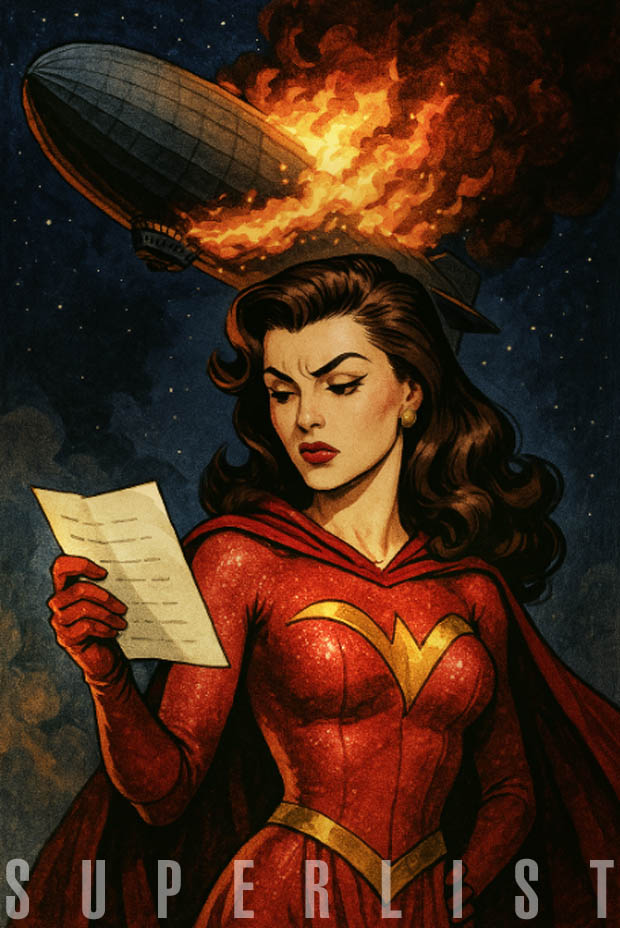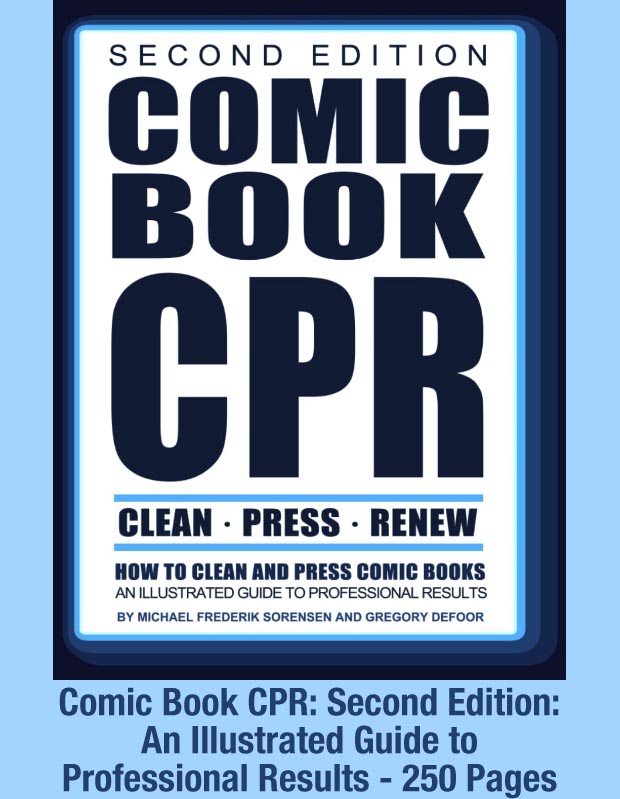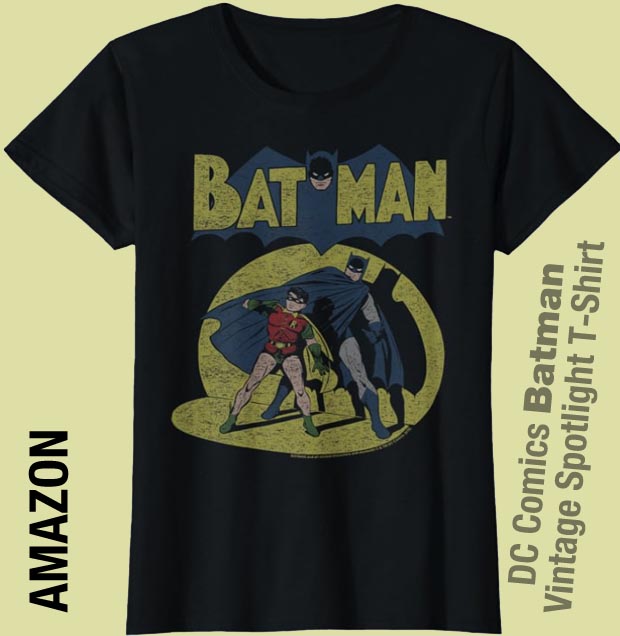Wonder Woman - Diana Prince
Born (or created, being brought to life from a statue like Galatea) on Paradise Island1 where she is raised among an all-female populace that both despises (but seems to be regularly interested in) men, Diana Prince falls in love with a mortal man (Steve Trevor) who is plane-wrecked there, and then mayhem ensues.
The creation of William Moulton Marston (and his wife Elizabeth) and loaded down with the baggage of 1940s psychology, this DC Comics character has been running non-stop since the character first appeared in All Star Comics #8 in 1941 (Wonder Woman #1 began Summer 1942).
Various versions of Wonder Woman have been used in DC Comics over the years, with different personalities attached to the name, but historically all versions eventually return to the original Diana Prince, Amazon Princess, as Wonder Woman. In the comic book past she has been also described as Wonder Girl, though that character is now a separate, stand-alone figure in the DC Comics’ pantheon.
Despite the trends of fashion that periodically change the personalities (and outfits) of characters owned by the comic book companies, the character of Wonder Woman/Diana Prince stays relatively the same: she is honest, brave, sometimes slightly naive about the extremes of criminality people will pursue, able to brawl with anyone within comicdom, and she exudes maternal attitudes and sensitivity.
1. [aka Themyscira]↩
Background History of Wonder Woman
An antecedent to Diana Prince / Wonder Woman is the character Brumhilde (also spelled Brynhildr), a warrior woman with special skills (and a Queen) trapped in a castle populated entirely by other warrior women in the ancient Siegfried saga of Northern Europe (Brumhilde may be directly related to an actual person, the Visigoth princess Brunhilda of Austrasia, circa 560 AD).
Another obvious link for Diana Princess would be the mythological Roman character of Diana the Huntress, based upon the older Greek character of Artemis.
Wonder Woman's emphasis on honesty and dedication to a mission, along with her military skills and basic Western value system, also connects her to the sword-wielding (and historically real) Joan of Arc (born 1412, died 1431), who led French forces against the British during the Hundred Years War (1337 - 1453). Joan of Arc, aka “The Maid of Orleans” was made an official symbol of France (1803) by Napoleon Bonaparte, and was canonized as a Catholic saint in 1456. She is most often depicted with sword and armor.
The ancient Greek poet Sappho of the island of Lesbos figures as another influence on Wonder Woman, and Diana Prince's home island of Themyscira ("Paradise Island") is apparently patterned somewhat after Sappho's depiction of Lesbos.
Creation of Wonder Woman
William Marston and the artist he picked to begin the project with, Harry G. Peter, were both associated with past suffragist movements. Their design for Wonder Woman’s famous original costume, which has an emphasis on red, white, and blue, also features a prominent eagle on her chest. An obvious reference to the American eagle symbol, it is also a common image representing the Greek mythological god of Zeus in ancient literature, to whom Diana Prince is usually linked in some fashion.
In 1941, Comics' publisher Max Gaines conducted a poll of readers to float the idea of adding a woman to the popular all-male superhero team Justice Society of America, and the positive response resulted in Wonder Woman being added to the roster at All Star Comics #8. Originally functioning primarily as the club secretary, Wonder Woman eventually joined into the crime-busting adventures.
Probably the most famous renditions of Wonder Woman are the 3-season long television series which featured Lynda Carter in the title role and the recent blockbuster movie Wonder Woman featuring Gal Gadot.
Almost a sell out
Only one copy left at Walmart: The Wonder Woman 84 junior novel [October 2020]
Wonder Woman 75 Year Logo
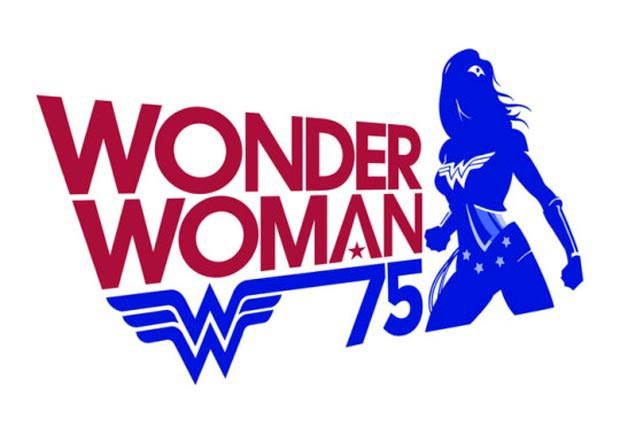
June 2016: DC Comics is using 2017 to commemorate the 75 year anniversary of Wonder Woman, with a special logo and announcements about a continuing franchise of superhero feature films. Presumably there will be a lot of Diana Prince licensing and merchandising accompanying this.
VS Batmen and Supermen
July 2015: DC Comics bills their top three superhero properties as their "Trinity" which ties into the strange mythological/religious thematics that has become a guiding marketing idea of late at the DC offices, apparently amplifying Marston's first ideas on how he wanted to construct Wonder Woman (i.e., swipe as much as doable from the ancient Greek myths), and DC seems to be taking that and applying it across the whole bench of DC superheroes.
But with that theme comes the conflicts of Olympus translated into love and hate (or at least the DC Comics version of such things) and primarily taking place between the love triangle of Wonder Woman - Batman - Superman (though the membership of Batman in this standard storytelling device is rather limited).
The Superman - Wonder Woman title works on the basic assumption put forward by writer Frank Miller, that Diana Prince and Clark Kent are natural companions and balance each other.
Use of the term "Wonder Woman"
Calling someone a "Wonder Woman" predates Marston's creation by decades. For example, the term shows up in "The Illustrious Client" by Sir Arthur Conan Doyle, published in 1924 in the 12-story collection The Casebook of Sherlock Holmes stories. The story itself is set in 1902.
“I did not understand that you were merely an intermediary. Who is the principal?”
“Mr. Holmes, I must beg you not to press that question. It is important that I should be able to assure him that his honoured name has been in no way dragged into the matter. His motives are, to the last degree, honourable and chivalrous, but he prefers to remain unknown. I need not say that your fees will be assured and that you will be given a perfectly free hand. Surely the actual name of your client is immaterial?”
“I am sorry,” said Holmes. “I am accustomed to have mystery at one end of my cases, but to have it at both ends is too confusing. I fear, Sir James, that I must decline to act.”
Our visitor was greatly disturbed. His large, sensitive face was darkened with emotion and disappointment.
“You hardly realize the effect of your own action, Mr. Holmes,” said he. “You place me in a most serious dilemma for I am perfectly certain that you would be proud to take over the case if I could give you the facts, and yet a promise forbids me from revealing them all. May I, at least, lay all that I can before you?”
“By all means, so long as it is understood that I commit myself to nothing.”
“That is understood. In the first place, you have no doubt heard of General de Merville?”
“De Merville of Khyber fame? Yes, I have heard of him.”
“He has a daughter, Violet de Merville, young, rich, beautiful, accomplished, a wonder-woman in every way. It is this daughter, this lovely, innocent girl, whom we are endeavouring to save from the clutches of a fiend.”
“Baron Gruner has some hold over her, then?”
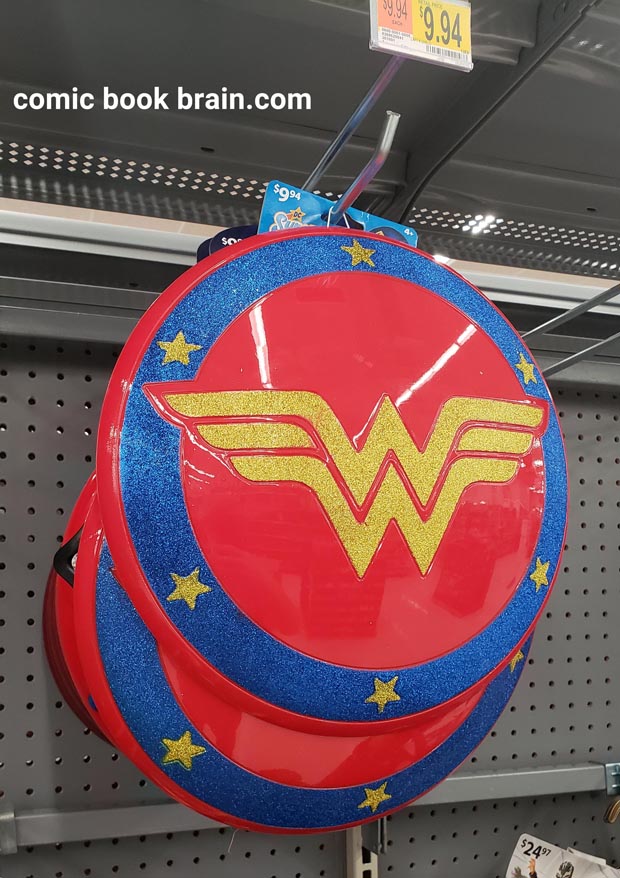
WONDER WOMAN 84 - AMAZON STREAMING
Wonder Woman:
Wonder Woman 2017 Movie Review
A Cinematic History of Wonder Woman
Lyle Waggoner, the original TV Steve Trevor
Gal Gadot, to be or not to be Cleopatra
Wonder Woman - Gal Gadot 2017 - Amazon Streaming HD
DCU: Wonder Woman Commemorative Edition MFV (Blu-ray)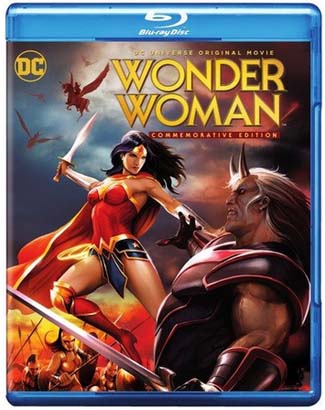

Original Page Sept 2011 | Updated May 2021
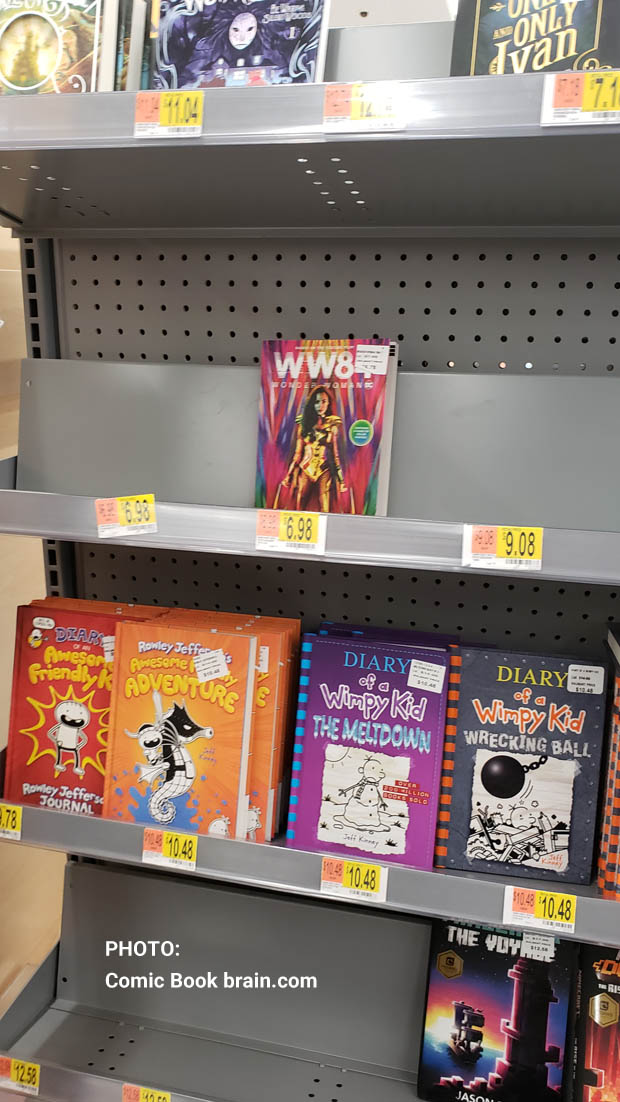
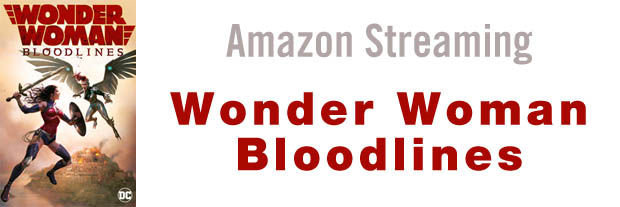 Wonder Woman: Bloodlines
Wonder Woman: Bloodlines